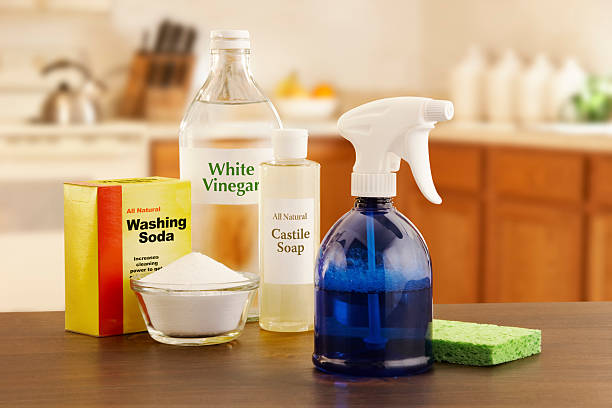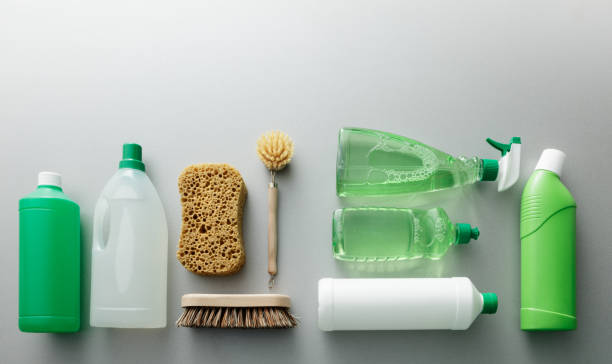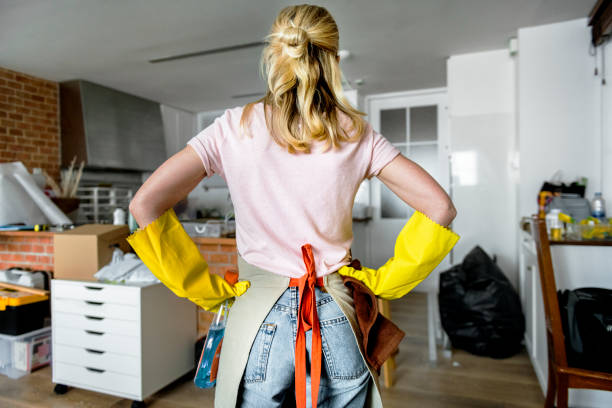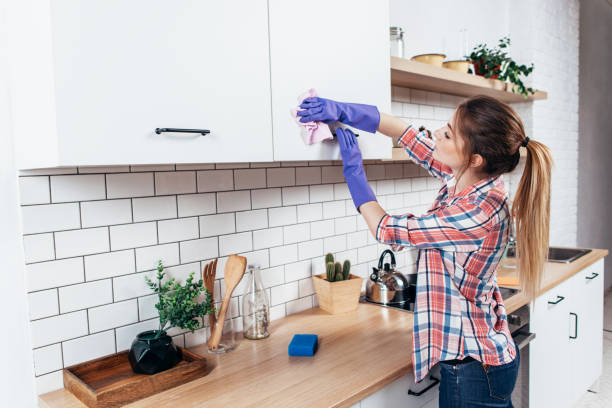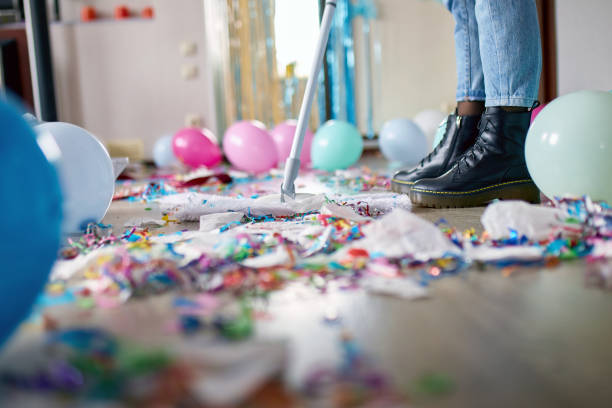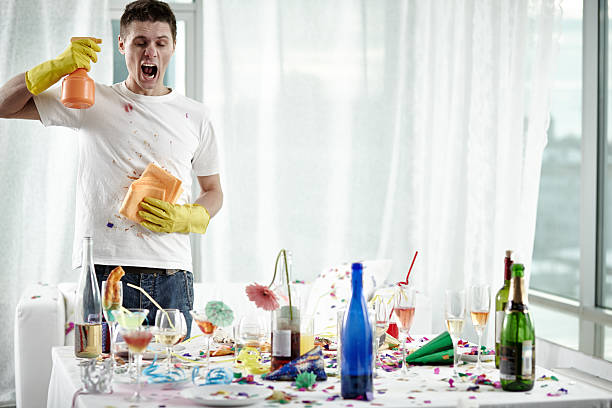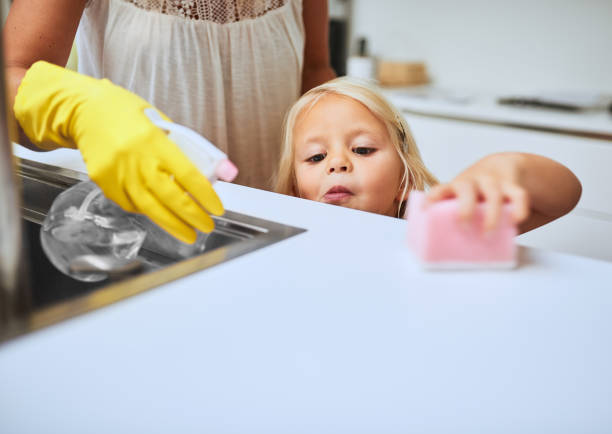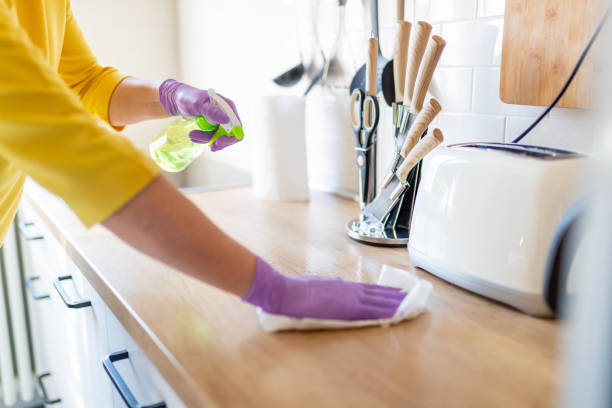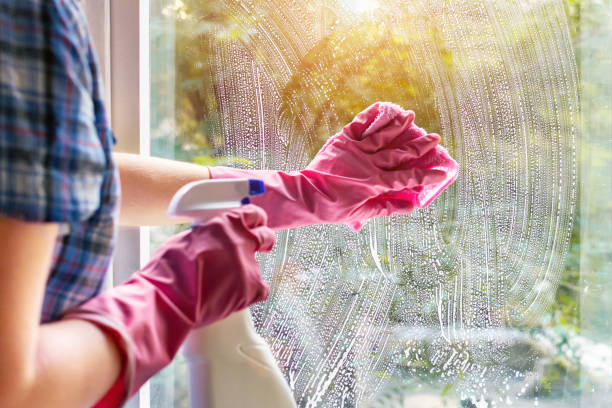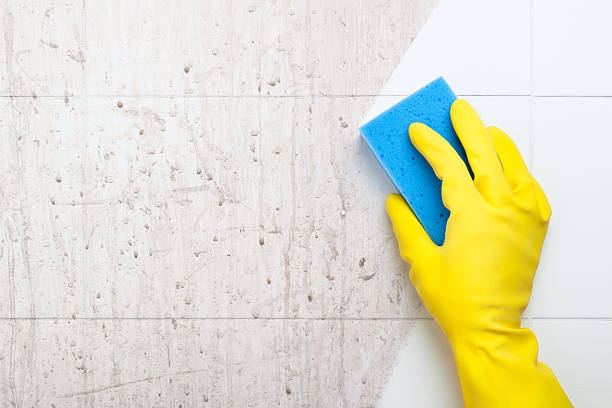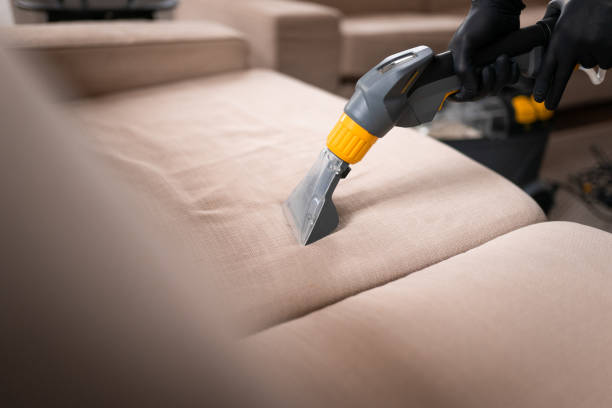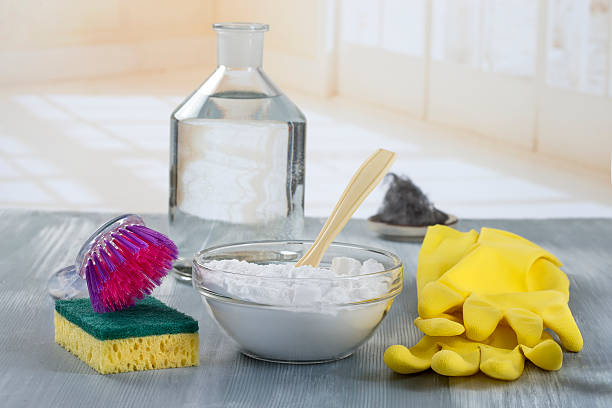You can easily clean your iron with simple home remedies. Because when the appliance is dirty, residues of grease and fibers are spread over your fresh laundry. We would therefore like to introduce you to tips and home remedies for cleaning your iron.
The iron has to work perfectly for ironing to make any sense. But after a while, dirt means that the iron no longer glides so well over the clothes. It is therefore important to clean the iron from time to time.
Dirt under the iron is harmful
Iron is often used. But rarely cleaned. Dirt can collect and damage the device and clothing. And even the iron test winners from 2021 have to be cleaned. Whether through clothing or fat residues. Detergent residues also damage the device. In addition, due to the high heat, the clothes can easily stick to the iron. In order to avoid all this, the perfect gliding property must be achieved. With the right tips, this is easy to implement. Also, note our article on ironing on holiday without an iron.
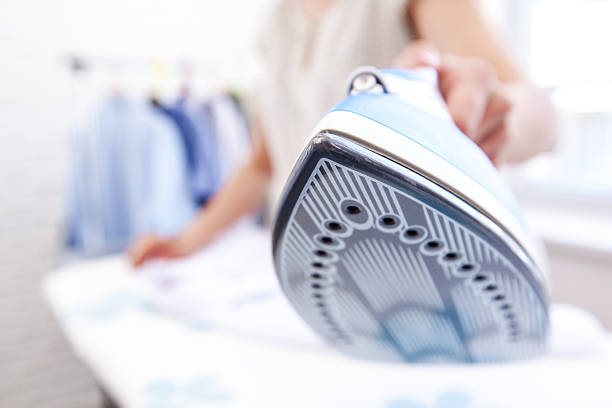
Cleaning with home remedies
A clean appliance is just one of many ironing tips for smooth laundry. Simple home remedies are sufficient for cleaning the iron. You can also use home remedies to help your device slide better. So you don’t need expensive and chemical means. In the following, we will show you how to remove dirt and ensure good lubricity.
1) Clean the iron with the lemon
Lemon as a home remedy is very popular. Because the citric acid smells good and is easy to use. Since the acid is fat-dissolving, you can use it to clean the underside of the iron. To do this, you need to heat up the iron slightly. Then put a bit of the citric acid on a cloth and rub the underside with it. The process should be repeated until all the dirt has really disappeared. Then clean the underside again with a cloth to remove any residue of the acid. Then the underside of the iron should shine like new.
2) Vinegar for cleaning
The household remedy vinegar is just as good as citric acid. However, use vinegar essence for this. It doesn’t smell very pleasant, but it’s very effective. So soak a cloth in vinegar and place the iron on it as if you were ironing. Then let it stand for about 10 minutes. To avoid a fire hazard, the iron should be off. Thus, the iron softens nicely. And after 10 minutes you can dry the floor with a dry cloth. This method is also great for getting your iron to glide smoothly.
3) Clean the iron with table salt
There is also the possibility to use salt as a home remedy. But you shouldn’t use that. Because although salt cleans the underside of the iron well, the layer can also be attacked. If you still want to try it, put a little table salt on a damp cloth. You can then rub the soleplate of the iron with it.
4) Baking soda to clean the iron
Many people also swear by the powerful baking soda in the home. And you can use it to clean your iron too. To do this, soak a cloth with a baking soda/water mixture. Then you can place the iron on the cloth and let the whole thing soak. But be careful, the plug should be pulled here too! However, since this process does not bring as much success as one is used to with baking powder, it is better not to use it.
5) Remove dirt with the glass-ceramic cleaner
Ironing tips are useful. And the tips for cleaning the iron are just as valuable. So we have another tip. For this, you need a glass-ceramic cleaner. Then spray a damp cloth with this and use it to clean the underside of your iron. Then just rub dry and the dirt is gone.
6) Candle wax for cleaning
If none of the available home remedies have helped so far, then try candle wax. But this one should be colorless. To do this, first, let your iron warm up. Then stroke the surface a few times with the candle wax. This should bond the dirt to the wax. Then you have to wipe everything clean. Also, note our article on removing candle wax in the household.

7) Lubricity through aluminum foil
Of course, choosing the right iron is important. Therefore, always pay attention to tips on buying household appliances. If you already have an iron and now want to improve the glide of your iron, take a piece of aluminum foil. Then run the hot iron over it a few times. This not only increases lubricity but also removes dirt.
Descaling an iron
Descaling an iron is very easy. Because with a vinegar rinse, descaling is uncomplicated. Accordingly, fill the tank of the iron with one part vinegar and two parts water. Then let the iron warm up. Then you can let it evaporate over a sink. To avoid this in general, you should always use a mixture of tap water and distilled water. Because lime basically has no chance. Also, read our tips for descaling the sink.

